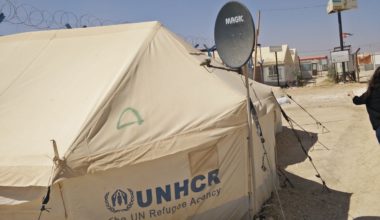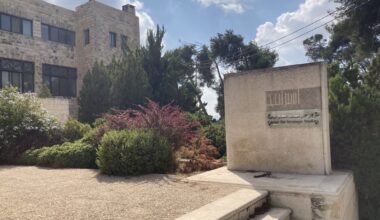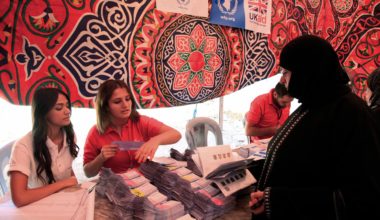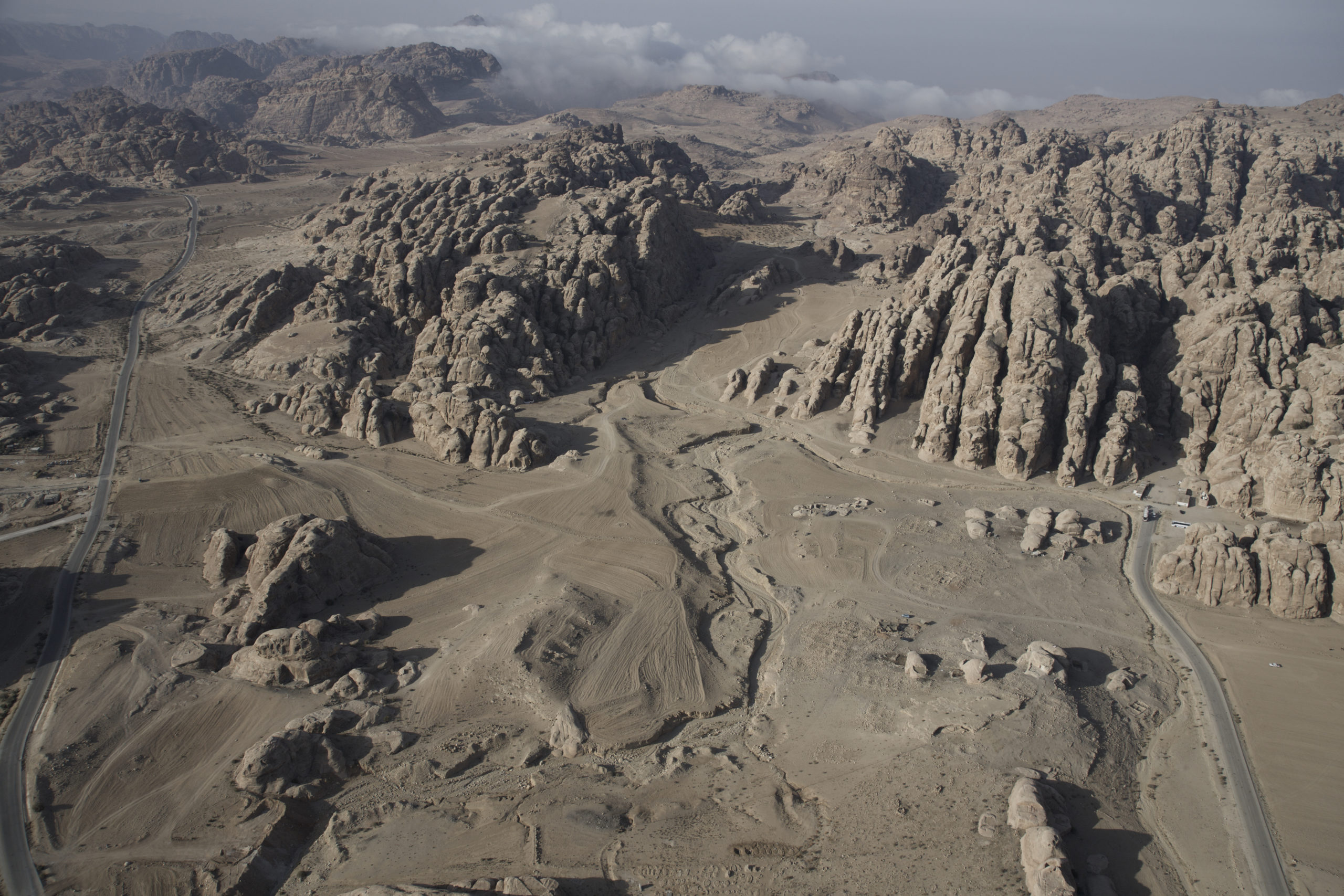
By Dr Micaela Sinibaldi, Honorary Research Fellow at Cardiff University.
The CBRL-affiliated Islamic Baydha Project was launched in 2014 and is part of the broader Late Petra Project which aims at reconstructing the history of the still largely neglected Islamic period in Petra. Through the detailed study of ceramics from this period, I have challenged the common narrative of Petra being largely abandoned after the Byzantine period with the exception of the Crusader period, and I have demonstrated that there was no significant chronological gap in the occupation of the Petra region. Instead, the region included a significant number of sites such as villages, probably mostly based on agriculture, like Baydha.
The Islamic village at Baydha consists of the most substantial, accessible evidence of the Islamic period in the Petra region; this village of the Middle/Late Islamic period includes the only two mosques discovered and excavated in the region and a large number of habitations. The mosques and habitations were first identified by the surveys of the American Center of Oriental Research (ACOR) carried on in 2003-2008. The habitations, which we first partially recorded as part of the Brown University Petra Archaeological Project in 2010-2011, are clustered in different areas, and the visible walls seem to suggest that the village was inhabited by several hundred people. In six excavation seasons between 2014 and 2019, my team and I have excavated one village house and the two mosques. Although further study will be necessary to propose a final chronology, the few datable finds allow us to say that the village included a Middle Islamic phase.
The chronology of the village however appears to be much longer. The existence of a Byzantine church, recorded by the ACOR surveys, and which was created by re-cutting a Nabataean-period funerary structure, proves that the chronology of occupation at the site included both the Nabataean and Byzantine periods. The excavations of the Islamic Baydha Project in 2019 discovered a Byzantine structure under one of the mosques, therefore probably identifying a part of the village of the same chronology of the use of this church. Through knowledge gathered from our excavations we have been able to create 3D model reconstructions of the two mosques. It’s interesting to note that the general style of architecture used in the Islamic period habitations and mosques has been used in the Petra area until the 20th century. One of the mosques was largely decorated with plaster painted in red. My hopes for the future of the project are that funds will be raised for the conservation and reconstruction of these important structures, so that they can be visible to visitors and to the local community.
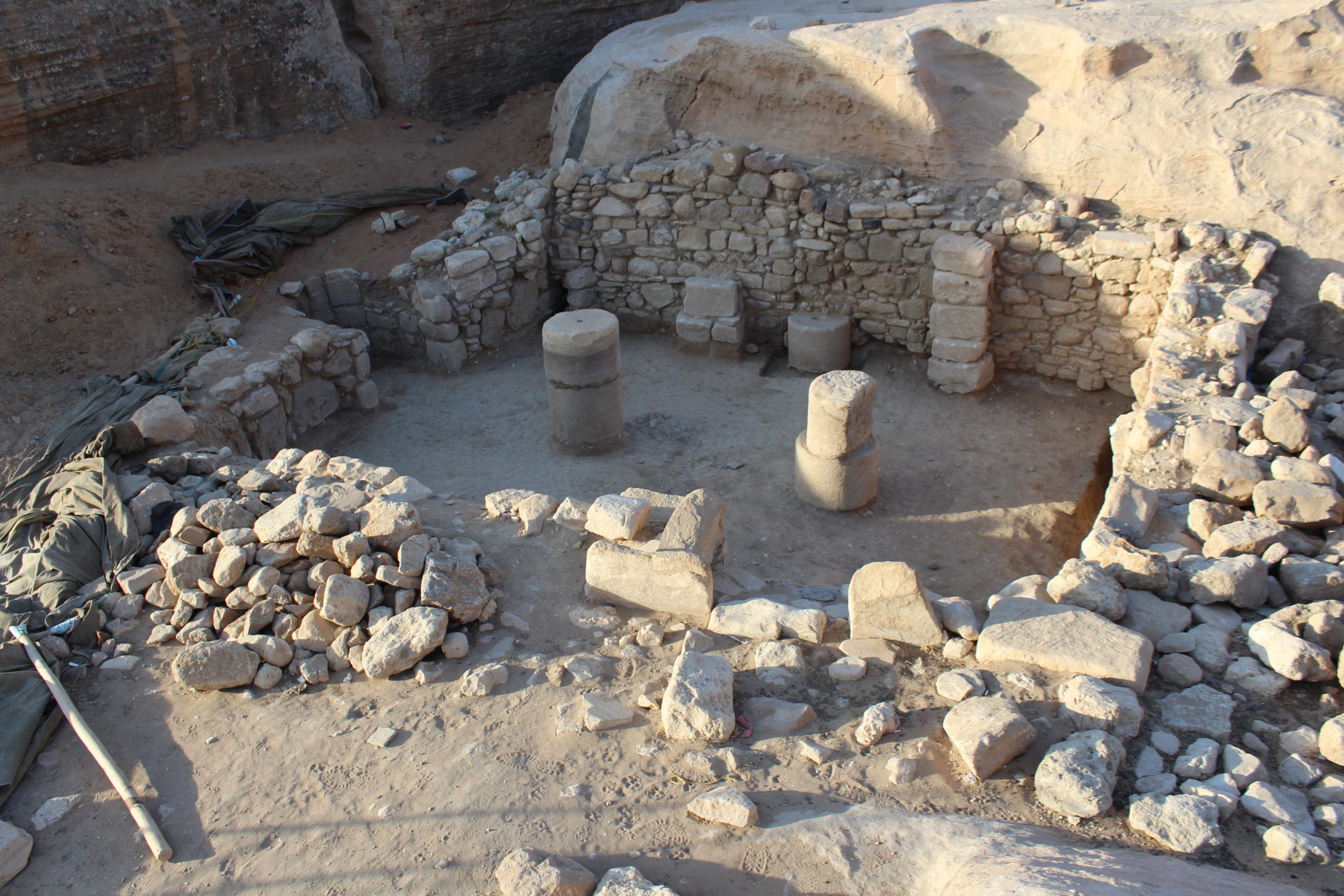
Archaeological training is an important component of the Islamic Baydha Project, and it is offered to both Jordanian and international archaeologists who are part of the team. It is aimed at providing a complete set of archaeological fieldwork skills, including the discipline of Buildings Archaeology. The project has trained volunteers and students from Jordan, France, Australia, Belgium. U.S.A. and the United Kingdom. To find out more about the training we offer on the project, a short film featuring Jordanian Archaeologists can be viewed here.

As a project that involves the study of the relatively recent past, we have been successful in engaging the local community of Baydha with their own cultural heritage. Since our first season in 2014 we have actively participated in community engagement by hosting an annual Schools Day. We hold this initiative in partnership with the Petra Development and Tourism Region Authority and pupils from the Petra region can come to visit the site. On this day, we show the teachers and school children our results and the methodology we use in the field and let the children try some of our activities. These include for example, an identification of the pottery found on the surface, using excavation tools, drawing architectural elements, mapping the location of stratigraphic units and identifying finds in the sift.
The relationship of the Islamic Baydha Project with the local community is a core aspect of the project, and it is through the element of the local community in Baydha that the components of research, training and community engagement work in synergy to create a holistic approach. Local team members are trained by the project through the years and develop a set of skills which can be used for the purpose of employment in archaeological excavation projects. The Baydha team members also take an active part in leading the activities of the School Days, and in this way, are able to put the skills they have learnt from the project back to the service of their own community.
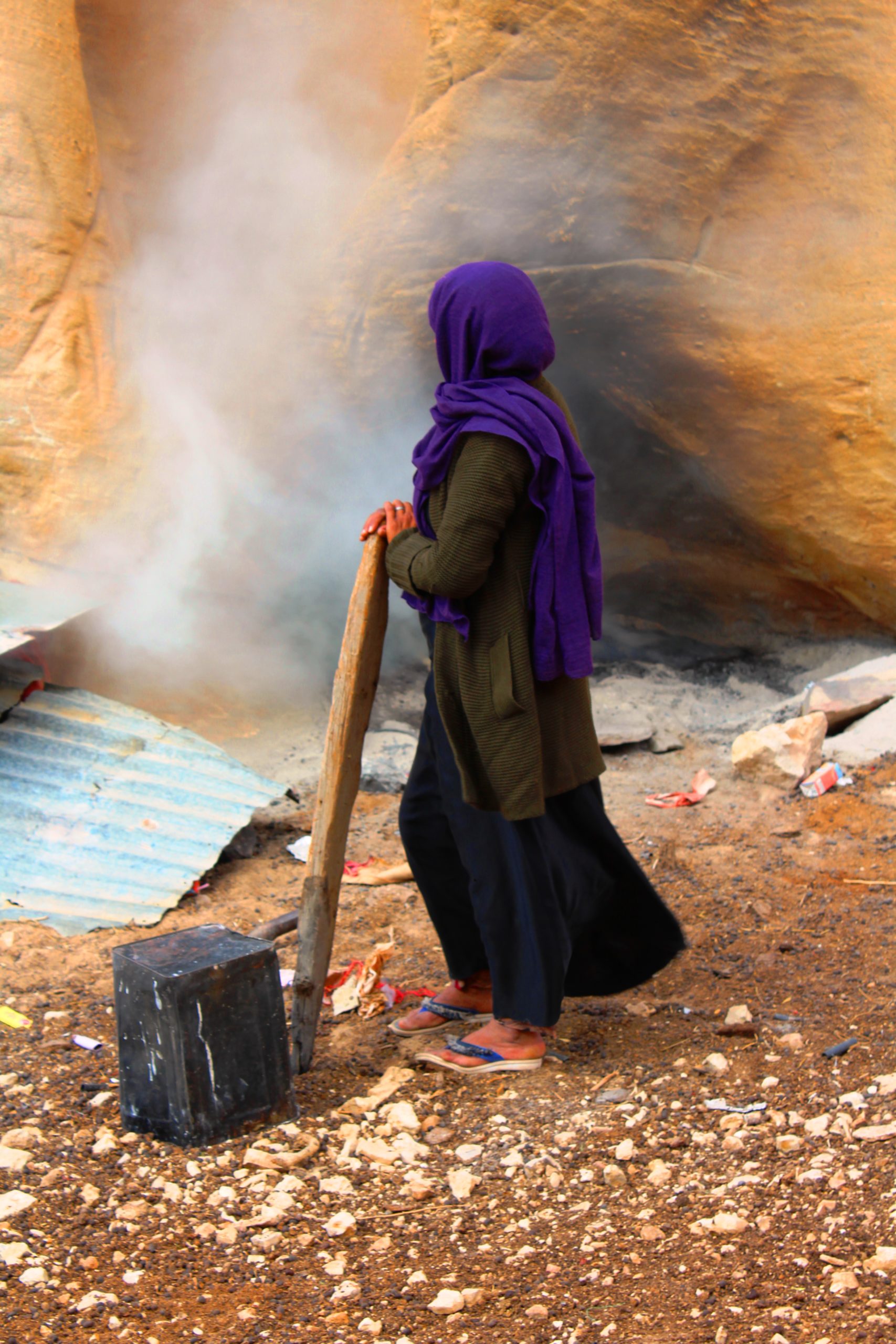

The local community takes an active part in the project research. An important aspect of the archaeology of Petra in the Islamic period is the longevity of several characteristics of the local material culture, some of which have lasted until the 20th century or even the present moment. By looking at the recent and contemporary local material culture, with the help of suggestions by the local community, we can better record and understand the products of this tradition when we find them in the context of the excavation. Visiting nearby traditional villages and bread ovens, for example, can shed light on some of the local building techniques and other aspects of material culture that have endured through time and can help the team interpret and understand the site and the reasons why some traditions of the Islamic period in Petra have lasted until today.
The results of the Islamic Baydha Project are currently being presented in Jordan and internationally through a series of lectures – a recording of a lecture given at the American Center of Oriental Research, co-hosted by CBRL Amman in April 2019 and can be viewed here.
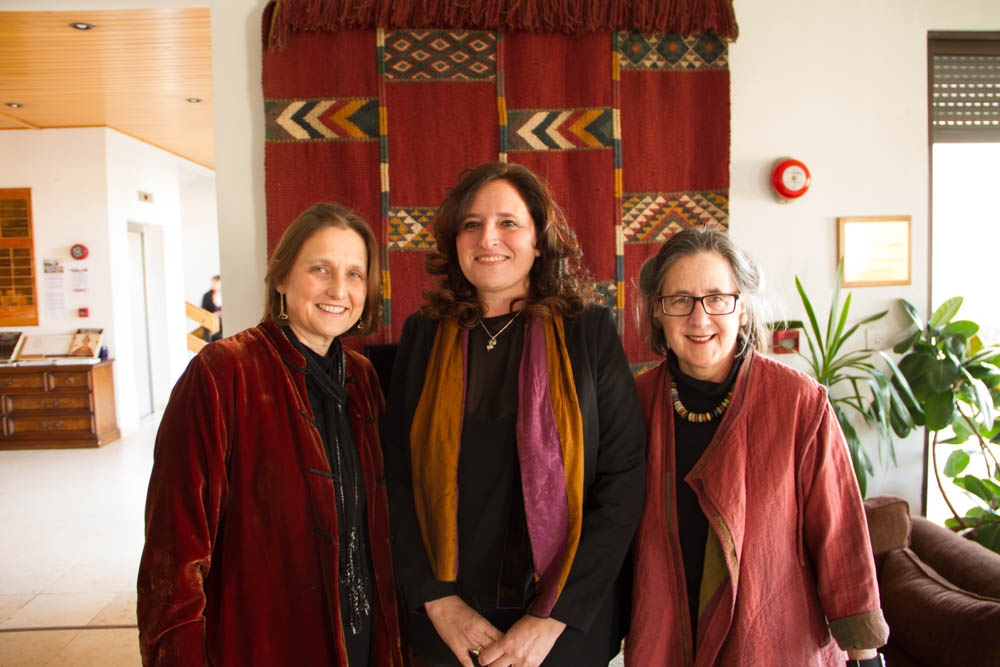
You can read more about the presentations on the project were also given in 2019 at the European Association of Archaeologists in Bern, at the Hussein Bin Talal University and at the British Museum in London, as part of the Palestine Exploration Fund Lecture series. The Islamic Baydha Project will be also present at the Islamic Archaeology Day in London, organised by UCL and SOAS on 1st February 2020.
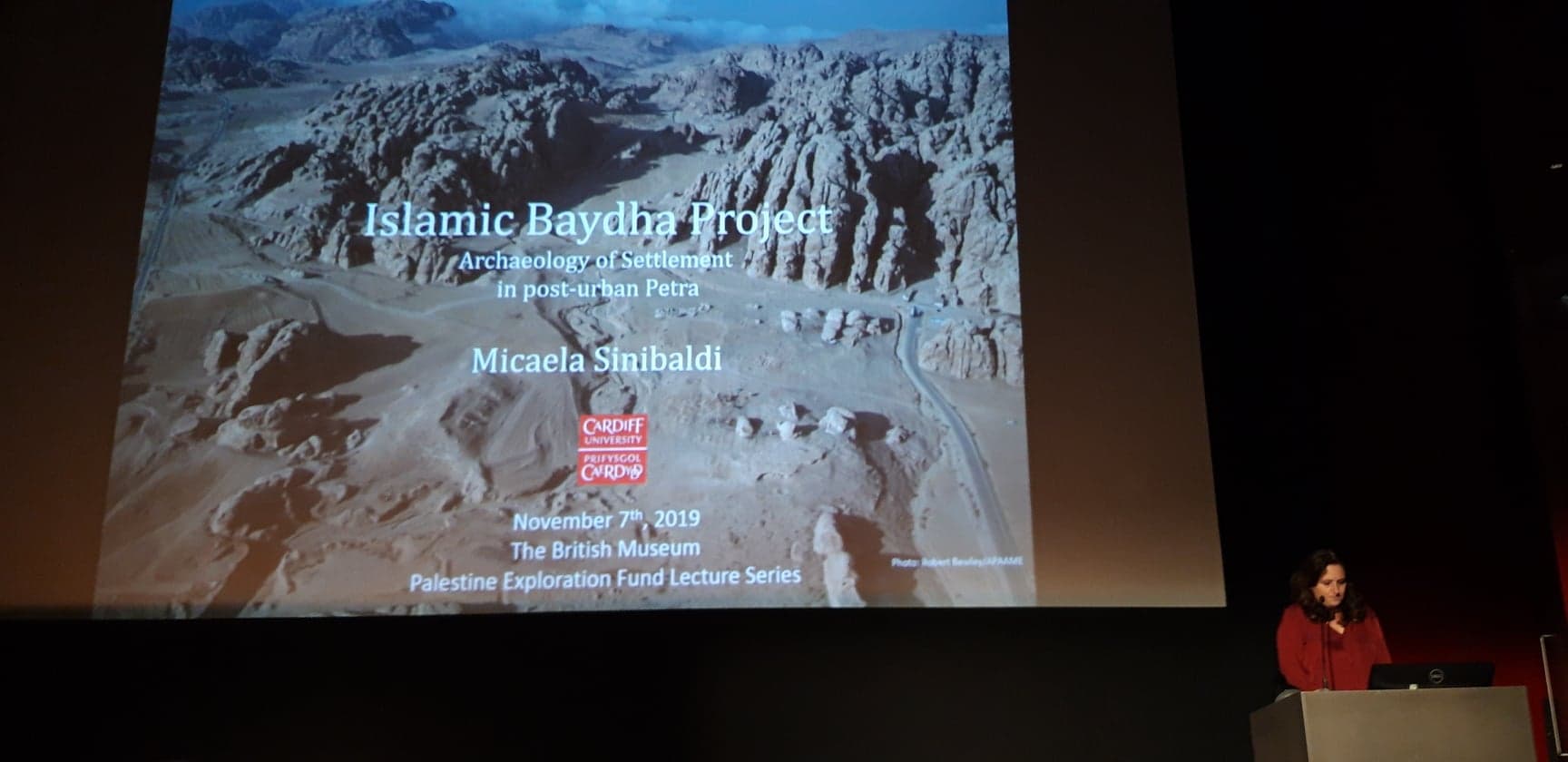
The results of the Late Petra Project here, and read articles about the project from the Jordan Times here and here. The Islamic Baydha Project appeared on Archaeology Magazine’s website here (on the issue of November/December 2019). A new video documentary about the project’s aims and first results is in preparation. Follow updates on the project on our Facebook page here.
Finally, the new Islamic Baydha Project website has just been launched; here you can find images, videos and updated news on the project.
Micaela Sinibaldi, director of the Islamic Baydha Project, is an archaeologist specialising in the Islamic period in the Levant. She is a Honorary Research Fellow at Cardiff University, where she obtained a PhD on the subject of Crusader-period Transjordan. Her publications include Sinibaldi, M., K. Lewis, B. Major and J. Thompson (eds.) (2016), Crusader Landscapes in the Medieval Levant. The Archaeology and History of the Latin East, University of Wales Press.
The views expressed by our authors on the CBRL blog are not necessarily endorsed by CBRL but are commended as contributing to public debate.













